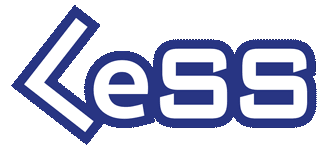Certified LeSS Practitioner by Craig Larman in London
I recently attended the first of hopefully many Certified LeSS Practitioner Courses in London. We were facilitated, trained and educated by Craig Larman, one of the co creators of the LeSS framework to scaling agile in organisations. Over a year prior to the course, I had participated as one of the lead coaches in a LeSS adoption for a large gambling company, so I had already read the two existing books, Scaling Lean and Agile Development: Thinking and Organizational Tools for Large-Scale Scrum: Successful Large, Multisite and Offshore Products with Large-scale Scrum and Practices for Scaling Lean and Agile Development: Large, Multisite, and Offshore Product Development with Large-Scale Scrum.

 by
by  by
by 
 by
by  by
by  by
by